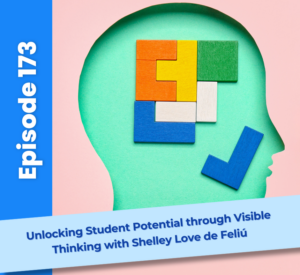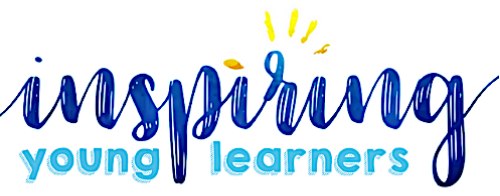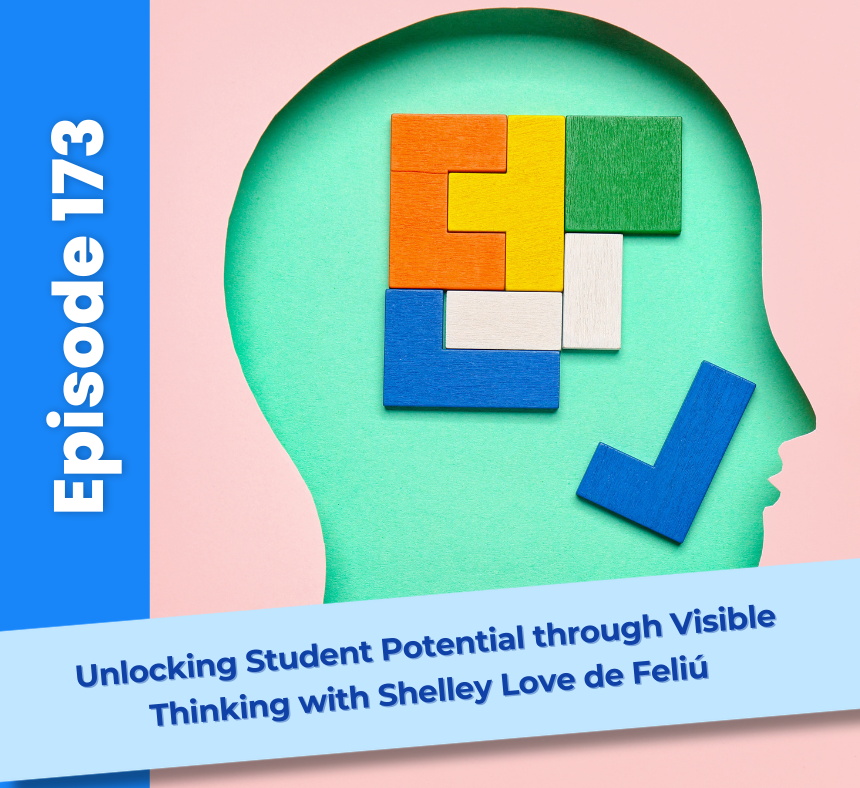
In today’s Equipping ELLs Podcast episode, Beth Vaucher speaks with Shelley Love, an experienced educator and instructional coach, about the power of visible thinking strategies for supporting multilingual learners. Visible thinking is a framework designed to make students’ thinking visible—allowing teachers to better understand their learning processes and helping students to articulate and deepen their thoughts.
Why Visible Thinking Matters for Multilingual Learners
Practical Strategies to Implement in Your Classroom
- What makes you say that?: This routine helps students explain their reasoning and connect their thoughts to visual cues or prior knowledge. It’s an excellent way to scaffold language for multilingual learners.
- Think-Pair-Share: This strategy gives students time to think individually, then discuss their ideas with a partner before sharing with the whole class. It lowers the stakes for multilingual learners by allowing them to rehearse their thoughts in a smaller, less intimidating setting.
- See-Think-Wonder: A great way to activate prior knowledge and encourage inquiry. By looking at an image or artifact, students observe, think critically, and ask questions. This routine supports multilingual learners by providing visual prompts and encouraging group discussions.
Building Confidence with Visible Thinking
Getting Started with Visible Thinking
More about Equipping ELLs:
We all know that teaching isn’t easy, but it doesn’t have to be this hard. Equipping ELLs is a podcast for both ESL specialists and homeroom teachers who are looking for effective and engaging ways to support their English Language Learners without adding to their endless to-do list. Tune in each week to hear tips, strategies, and inspirational stories that will empower you to better reach your ELL students, equip them with life-long skills, and strengthen relationships with colleagues and parents.
Your host, Beth Vaucher, is the founder of Inspiring Young Learners. She is an ESL certified homeroom teacher with over 10 years of experience teaching in the US and internationally. Her background of M.Ed in ESL and Curriculum and Instruction combined with her experience has led her to develop a bestselling newcomer curriculum that has sold in over 90 countries around the globe. She brings a different perspective to teaching ELLs from her years teaching and living abroad and working with ELLs from around the world. You will walk away from each episode with the ideas and tools you need to transform your experience as a teacher and cultivate a thriving and welcoming environment for your ELL students.



